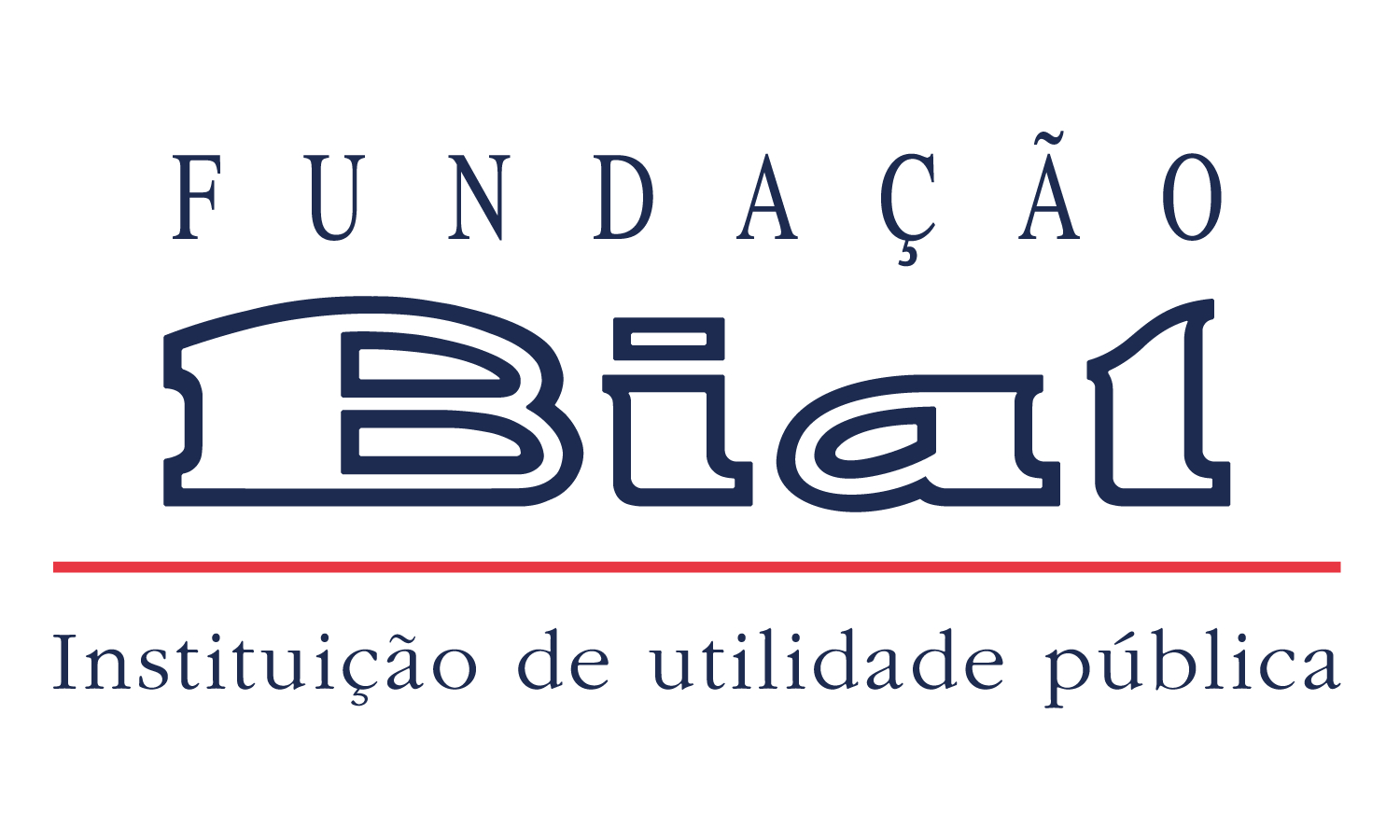Artur Pilacinski, investigador principal do projeto de investigação 260/22 - TrustyCobots: Human-like or machine-like? Tracking psychophysiological components of trust in human-robot collaboration, apoiado pela Fundação BIAL, avaliou, com recurso a medidas subjetivas e objetivas (frequência cardíaca, tamanho da pupila e velocidade de execução), o nível de confiança dos humanos em robots durante uma tarefa colaborativa, em função de estes terem ou não olhos. Apesar de os humanos percecionarem ter uma ligeira maior confiança nos robots com olhos, eles apresentaram pupilas mais dilatadas (indicador de maior interesse no objeto) e realizaram a tarefa mais rapidamente quando interagiram com os robots sem olhos. Os dados parecem sugerir que os humanos não necessitam que as máquinas sejam parecidas com humanos para confiar e trabalhar com elas. Aliás, eles parecem colaborar melhor com máquinas que se parecem com máquinas, isto é, sem olhos. Para saber mais sobre este estudo, consulte o artigo The robot eyes don't have it. The presence of eyes on collaborative robots yields marginally higher user trust but lower performance publicado na revista científica Heliyon.
ABSTRACT
Eye gaze is a prominent feature of human social lives, but little is known on whether fitting eyes on machines makes humans trust them more. In this study we compared subjective and objective markers of human trust when collaborating with eyed and non-eyed robots of the same type. We used virtual reality scenes in which we manipulated distance and the presence of eyes on a robot's display during simple collaboration scenes. We found that while collaboration with eyed cobots resulted in slightly higher subjective trust ratings, the objective markers such as pupil size and task completion time indicated it was in fact less comfortable to collaborate with eyed robots. These findings are in line with recent suggestions that anthropomorphism may be actually a detrimental feature of collaborative robots. These findings also show the complex relationship between human objective and subjective markers of trust when collaborating with artificial agents.

































































































